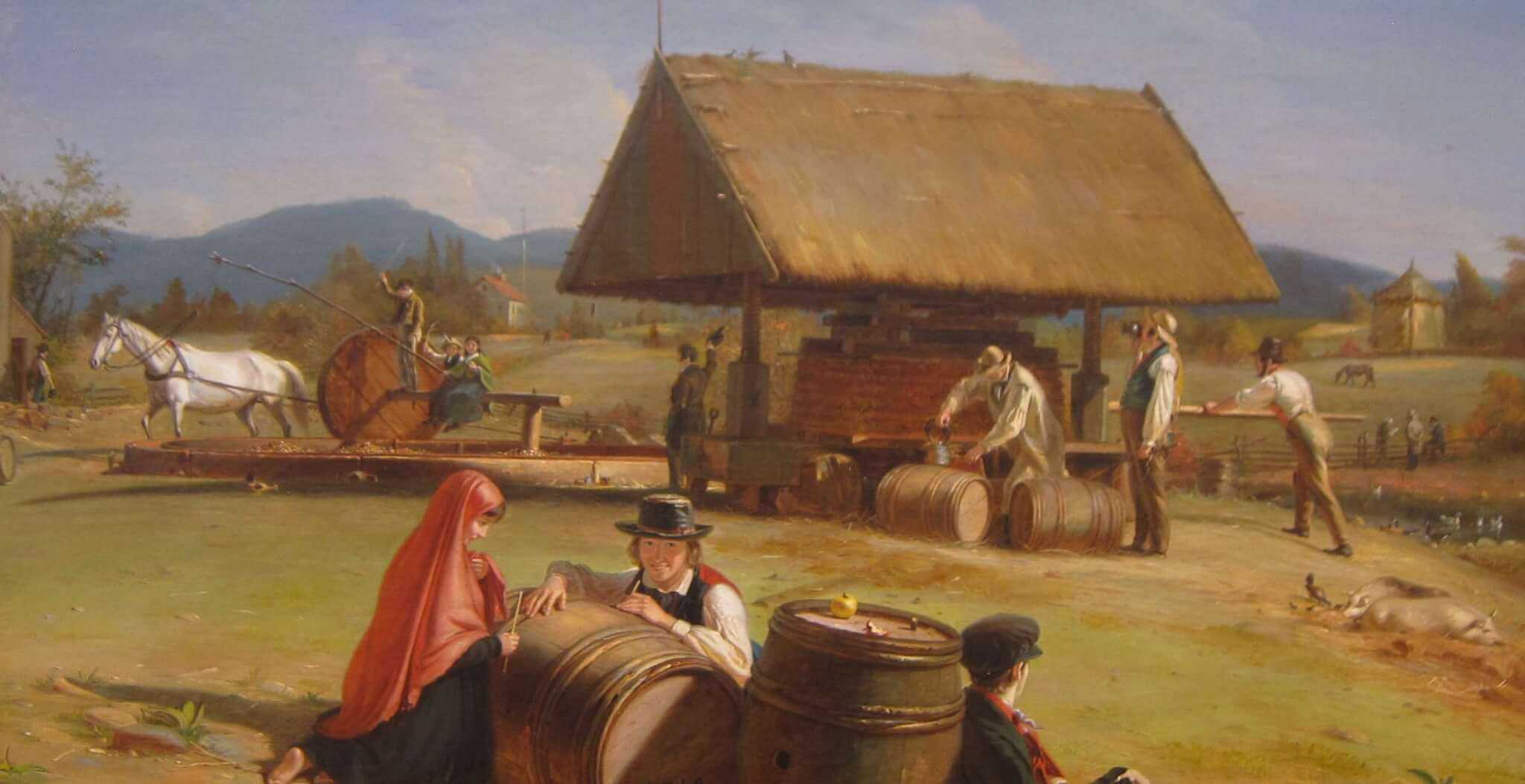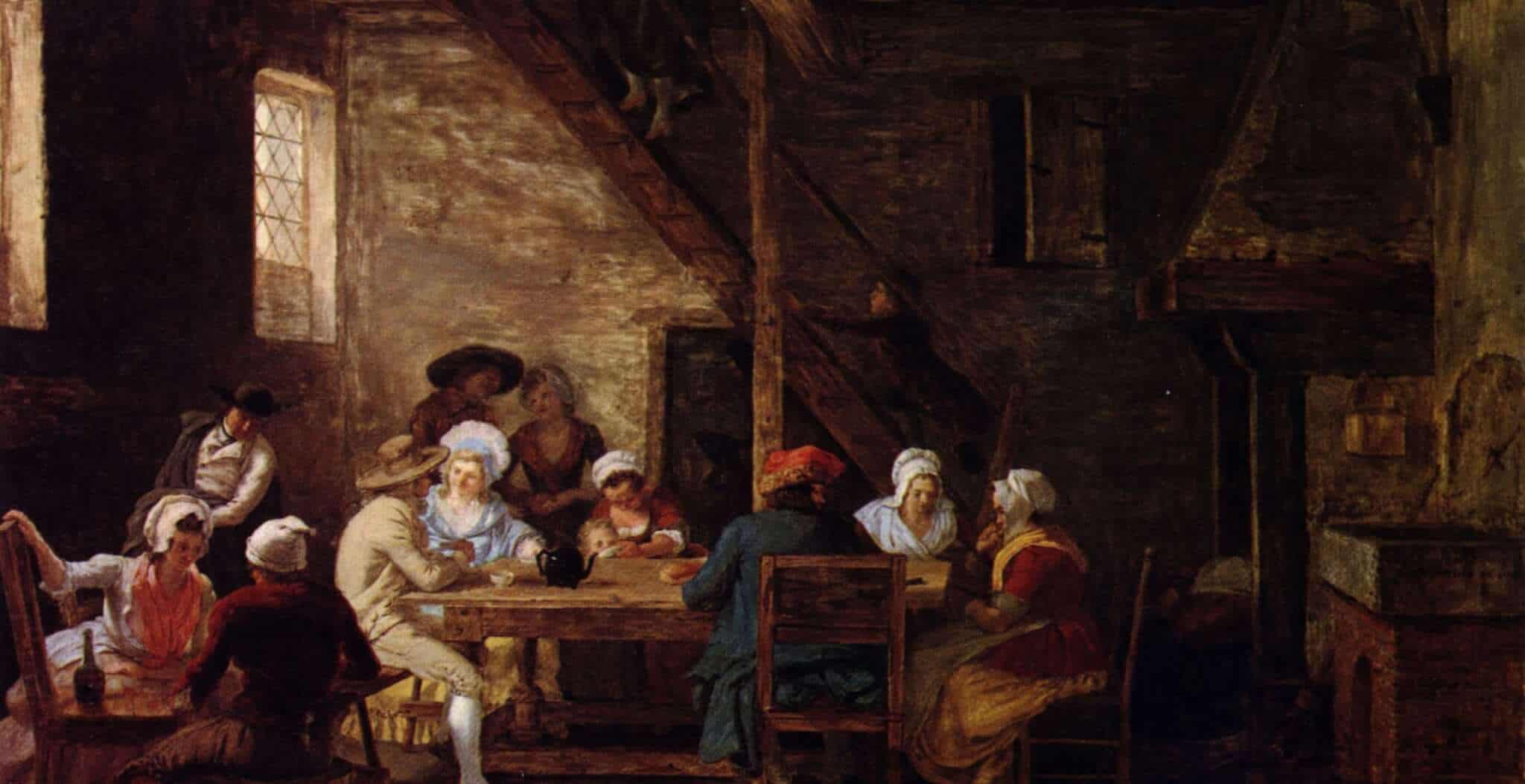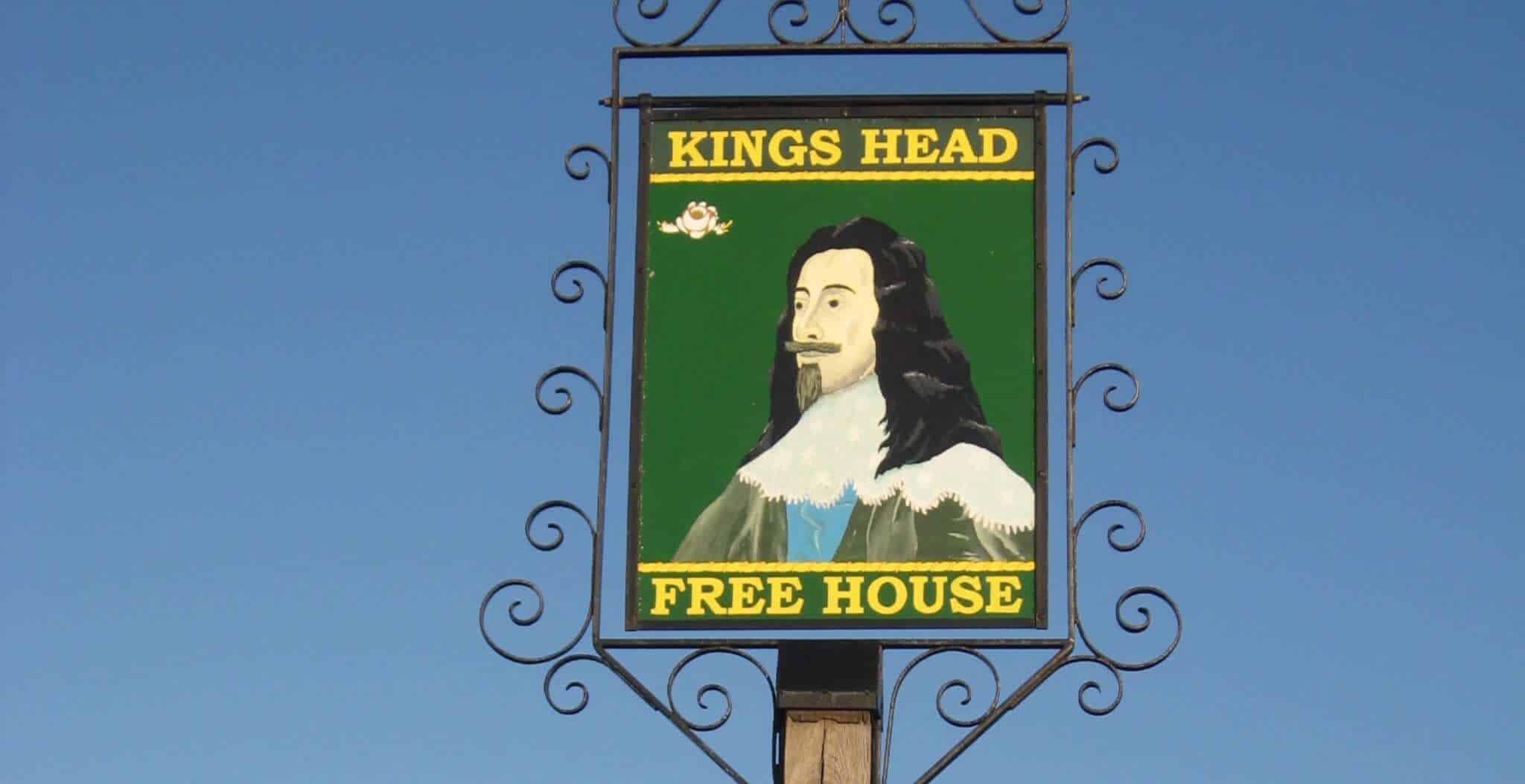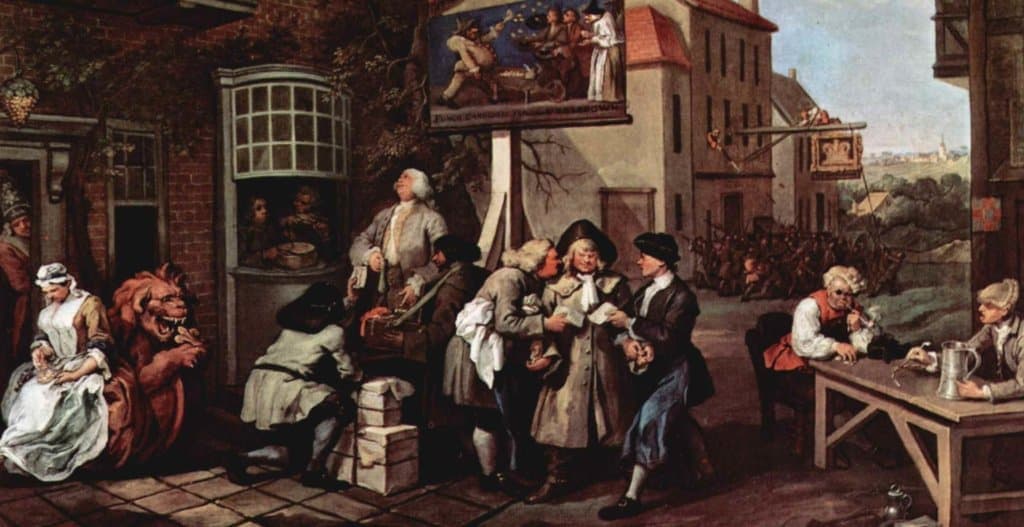Cider is an alcoholic drink made by fermenting apple juice and has been produced traditionally in the UK for centuries.
Historically, agricultural labourers were given a daily allowance of cider – about half a gallon (2 to 3 litres) – which formed part of their weekly wage. During the 19th century the value of the cider had climbed to about one third of an agricultural worker’s total earnings.
During busy times such as haymaking and harvest time, some workers were reported to have consumed as much as two gallons (nine litres) of cider each per day. This led to claims from the Temperance Reformers that ‘ the intelligence of the working class was being adversely affected by drink’!
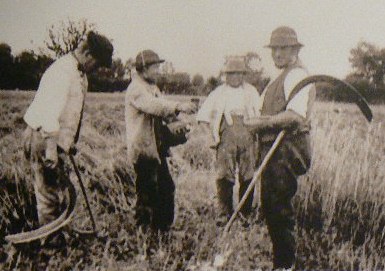
Cider can vary in alcoholic strength from about 2% to more than 8% and can be dry, medium or sweet in taste. Colour, taste and cloudiness depend on the type of apple used. Some ciders are produced solely from ‘cider apples’ (varieties with a high natural sugar content) whilst others are blended with eating apples.
Most cider produced in England is made in Herefordshire and Somerset, and to a lesser extent in Worcestershire, Gloucestershire, Cornwall and Kent. The taste of the cider varies from region to region according to the type of apple used, and different apple varieties are preferred in different regions.
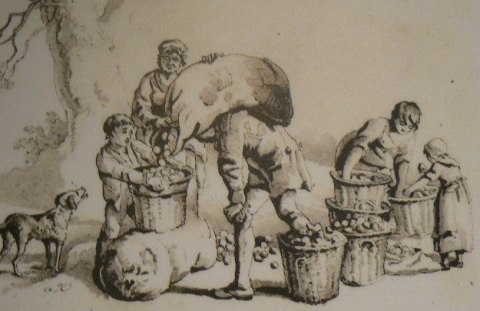
One of the best ways to sample English ciders is to follow a Cider Trail. Many farms and producers give tours and talks, and let you sample and purchase directly from them.
The Herefordshire Cider Route
The cider orchards in Herefordshire are said to produce over half of the cider consumed in the UK. The Herefordshire Cider Route is a circular driving route around the county of Herefordshire visiting cider producers and specialist retailers. An excellent starting point for the Cider Route is the Cider Museum in Hereford, where you will discover the history and development of cider production.
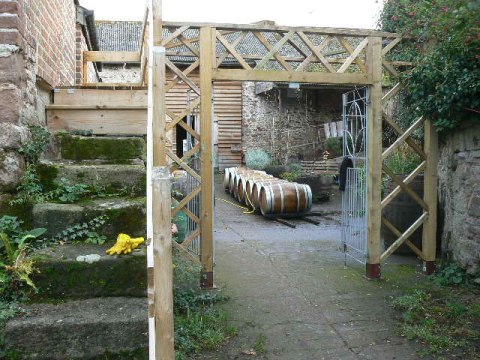
You can pick up more details on the Cider Route from the Museum, or click here for a map of local producers to visit, where you can see cider being made, taste it and purchase it.
The world’s biggest cider mill, Bulmers (now owned by Heineken UK) is also located in Hereford (mill tours are no longer available). Bulmer brands include Strongbow, Woodpecker and Scrumpy Jack.
Close to Ledbury you will find several cider producers on the Herefordshire Cider Route, including Gregg’s Pit Cider and Perry, Westons Cider and Lyne Down Farm.
So how is cider produced?
There are three stages to cider making: milling, pressing and fermenting.
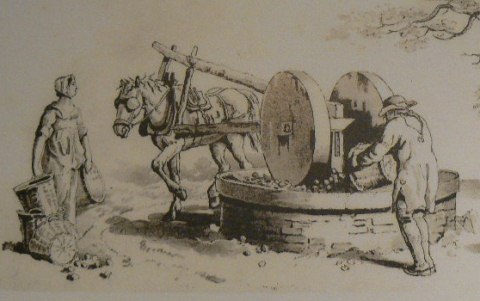
Milling
The apples are placed in the central section of the stone mill (the ‘pier’) and then knocked into the circular trough or ‘chase’. In the past the large mill stone was turned by a horse. Stone mills were replaced in the mid 19th century by scratter mills.
The pulp produced by the milling process is then wrapped in horse hair cloths approx. 3 ft. square by 4in high to make ‘cheeses’. The ‘cheeses’ are then stacked on the press. The pile of up to 10 or so ‘cheeses’ on the press is known as the ‘stack’.
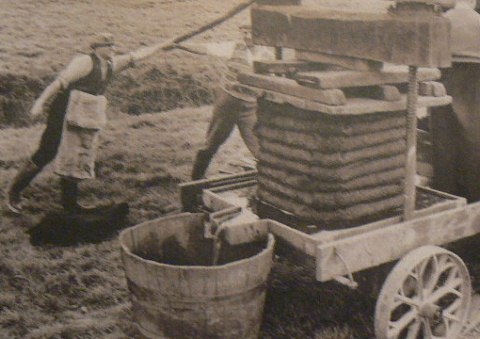
Pressing
The press is screwed down to exert pressure on the ‘stack’. The juice extracted from the pulp in this manner is then put into casks to ferment. The remaining apple pulp (the ‘pomace’) is often fed to farm animals as winter feed. The traditional stone twin-screw press is still often used today by smaller traditional cider producers.
Fermenting
Natural yeasts present in the apple juice convert the sugar into alcohol. Fermentation and maturity can take up to six months depending on the ambient temperature. Once fermentation is completed, a wooden bung is hammered into the oak barrels and it is left to mature for several months. In the past farmers have tried to improve their ciders at this stage by adding raisins, wheat. barley, burnt sugar – and even rabbit skins!
Today commercial cider is readily available in pubs, inns and from supermarkets. Well known brands include Strongbow, Blackthorn, Stowford Press, Scrumpy Jack and Woodpecker. There has been a revival in the popularity of traditonal ciders in recent years and now many pubs will offer three or four traditional ciders as well as the usual ciders, in much the same way as they will offer real ales alongside keg beer.


